NOTICIA DEL: ARCHAEOLOGY NEWS NETWORK, 14/10/2011:
Ancient Sumerian Umma rapidly vanishing!
ArchaeoHeritage, Greater Middle East, Heritage, Iraq, Middle East9:20 AMAjami Basheet, the administrative director of Al Rifa’i (Al Refiey) District in Dhi Qar Province in Southern Iraq, told Al Ssabah Newspaper that the ancient Sumerian city of Umma (Tell Jokha) is being vandalized and looted on daily basis!
He stated that the site is being destroyed by looters without any attempts from the local government to protect it.
According to Mr. Basheet, the number of security guards protecting the site is five, and that these guards cannot protect the entire site.
He also stated that the police always fails to catch the looters, because they have enough time to escape. Many archaeologist believe that the looters have permanently damaged the site.
Recently, the Global Heritage Network released aerial images comparing the ancient site in 2003 and 2010. The two images show the level of devastation left by looters’ trenches during that time.
Source: Babylon Chronicle/tumblr [October 13, 2011]
He stated that the site is being destroyed by looters without any attempts from the local government to protect it.
According to Mr. Basheet, the number of security guards protecting the site is five, and that these guards cannot protect the entire site.
 |
| Detail of looters’ pits amid house foundations at Umma in March, 2004 [Credit: REUTERS/Luke Baker] |
Recently, the Global Heritage Network released aerial images comparing the ancient site in 2003 and 2010. The two images show the level of devastation left by looters’ trenches during that time.
Source: Babylon Chronicle/tumblr [October 13, 2011]
Véase también artículos sobre el patrimonio arqueológico iraquí en la página web del Global Heritage Fund:
Umma es una ciudad portuaria sumeria, conectada por canales a los río Tigris y Éufrates. El rey Lugalzagési (2340-2316 ac) la convirtió en una ciudad célebre, ya que fue el primer unificador de todas las ciudades-estado del sur de Mesopotamia, antes de caer derrotado por un nuevo poder, centrado en una nueva ciudad de Accad (aún no localizada, aunque se supone se ubicaba cerca de Bagdad, o podía ser la misma Bagdad -una ciudad refundada en el siglo VIII dC-), dirigido por el rey Sargon I, fundador del imperio acadio. La ciudad habría sido abandonada hacia el 1800 aC.
Las excavaciones arqueológicas, por la Dirección General de Antigüedades iraquí, empezaron en los años noventa, a fin de detener intensos pillajes (con vistas a nutrir en tablillas cuneiformes el mercado de antigüedades internacional) que han proseguido o aumentado desde 2003.













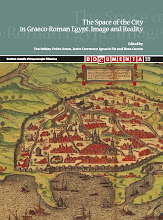
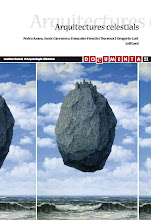

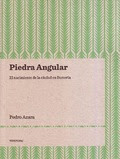











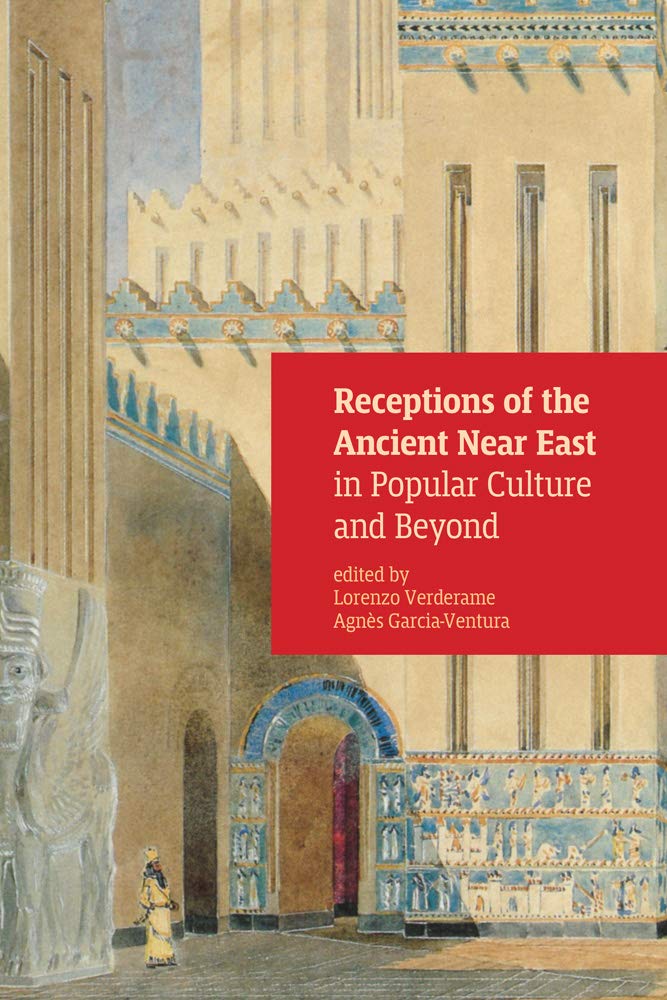

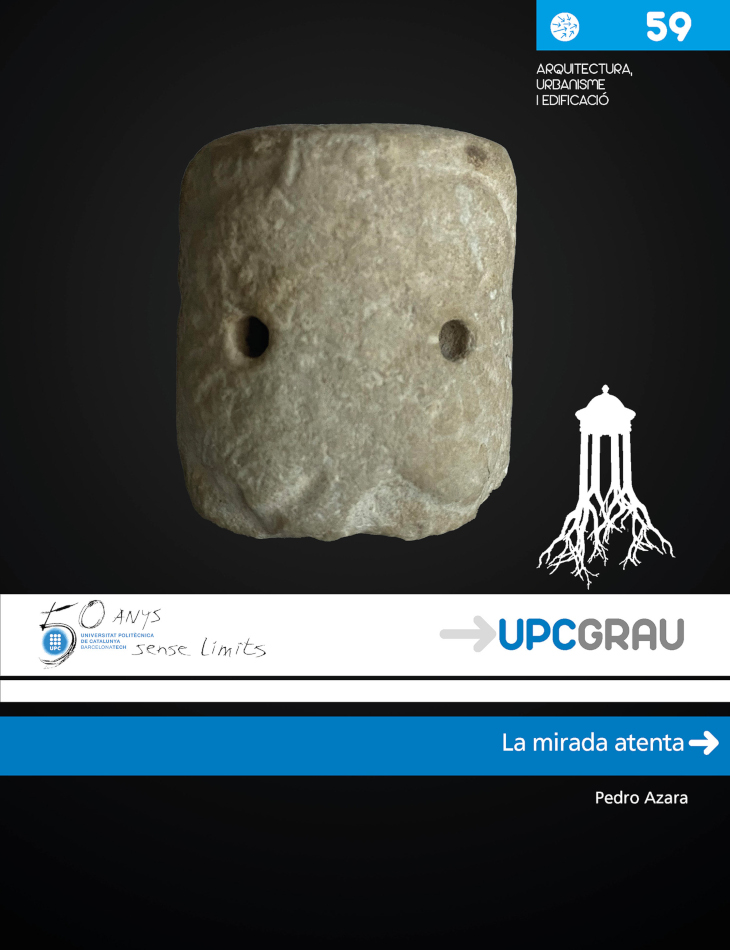




No hay comentarios:
Publicar un comentario